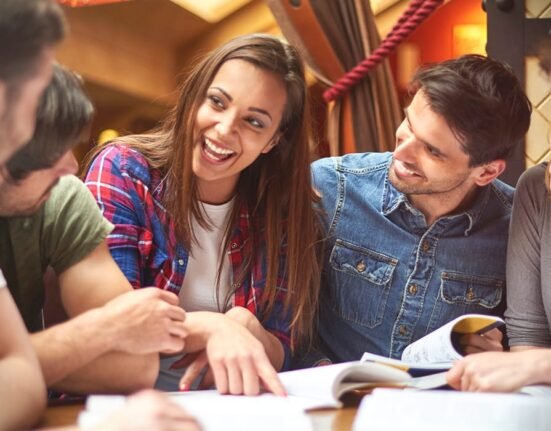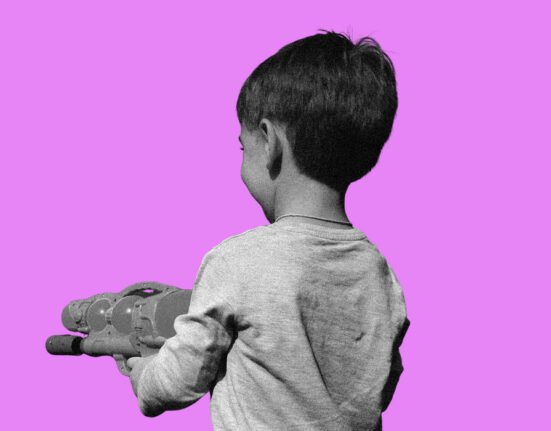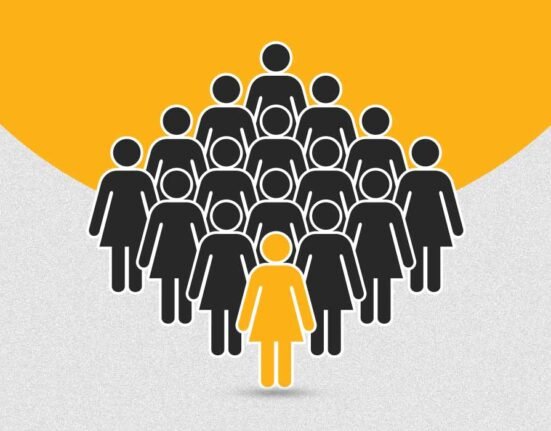When mass tragedies and historic events like the Holocaust, colonisation and genocide occur, it leaves a vast majority of people to collectively hold emotions in the form of grief and trauma that can taint our consciousness (Alexander, 2004). Here is where the concept of cultural trauma and associated grief comes in. Culture is built over the years, which means passed on to generations, and so is grief for the most part. This article explores cultural traumas more at length and how, or rather why, communities hold grief across generations.
Trauma and its attachment to cultural events and communities
The cultural trauma theory by Jeffery C Alexander talks about how people often associate grief and heavy emotions with events acquired in the past to which they are culturally tied. Here, the concept of collective memory comes in. Collective memory means when people collectively remember something.
If the incident or event being remembered was full of grief and uncertainty and kept groups of people emotionally attached to it as a whole, this can lead to what is called cultural trauma, where a part of one’s identity can be attached to it. Quite literally, a group of members who remember the event or incident(Roediger & Abel, 2015), causing grief or swelled-up emotions, blurred in the generation.
Read More: How Does Trauma Affect Brain Function?
Transmission of trauma and Epigenetic Imprints
What’s then important to understand is how this grief and trauma are passed on or transmitted across generations and how they leave imprints on people belonging to the same culture. Transgenerational transmission of trauma (Yehuda, 2018) can occur in two major ways. The first is the environment the child is exposed to and or born in, which socio-psychologically impacts the cognitive thinking, as well as the amount of trauma and grief that one gets exposed to. The second one is the more epigenetic side of it, where there are preconceived notions and understanding of the trauma and grief, which then gets passed on to the children.
This process passes grief on and shares it within the cultural context. For example, a child born decades after the holocaust or even colonisation might hold strong emotions and feelings towards the event and even feelings of grief and trauma. This is called ‘secondary traumatisation’. In this process, grief and beliefs imprint themselves on others and eventually become a shared cultural trauma (Yehuda, 2018).
Read More: Cognitive distortions: errors in thinking
Social identity and narratives
Social identity theory helps people understand how society shapes their identities. The groups we live in, our family, peers, religion, background, culture and more (Tajfel & Turner, 1979). In the case of cultural trauma and passed on grief, social identity plays a huge role in the transmission of this grief, upheld beliefs and ultimately trauma. The narratives or the so-called resilience narratives built around the events also largely contribute to how we perceive them as well as what beliefs we hold, and subsequently, the grief and trauma that follow.
It gives a sense of self-worth, a boosted sense of belonging and a purpose even. Social categorisation and identification based on culture means associating oneself with culturally significant events. Negative feelings and emotions associated with impaired lives and livelihoods, spoiled relationships, or any kind of injustice that harms mental well-being and overall daily functioning can cause trauma and grief in the long run.
Read More: Peer Connections and the Psychology of Belonging in Youth
Parental Influence linked with grief in children
One of the most important things to understand here is how parents and caregivers influence a child’s motions, especially when grief occupies a major space; it can be transmitted and picked up on by the children over time. To explain this better, the attachment theory by John Bowlby, which was first introduced by Mary Ainsworth, helps one understand how attachments and bonds are formed and how grief can cause hindrances in healthy secure attachment,s leading to future and developmental mental health concerns.
There are several kinds of attachment, like secure attachment, avoidant, insecure, anxious attachment and more. Here, the kind of grief felt by parents can trickle into their bond with the child, and nurturing leads to the child having an anxious or avoidant attachment style. This leads to people pleasing, insecurities, wrongly held notions about the past and people, culture around and more(MSEd, 2025f)
Read More: Exploring Human Connection: A Look at Attachment Theory
Emotional Contagion and Mirroring Behaviour
As babies, we learn to pick up on nonverbal cues and even facial and emotional expressions from our parents and those around us. Similarly, emotional contagion refers to when one unconsciously picks up on facial expressions, emotions and more from parents and those around; this way, even grief can be picked up on(Emotional Contagion, 2023). In relationships and bonds, we often have positive as well as negative emotional contagion, and one can pick up on the other’s mood and overall energy. This can be applicable to how the other viewed culture, their way of interpreting situations and any held into grief that the child will and can pick up on.
Read More: Five Pillars of Resilience, According to Psychology
Coping, Resilience, and Conclusion
Coping and resilience are the two most important things when it comes to handling and understanding grief, especially in the cultural context. When one experiences deep psychological trauma, they are also likely to experience some positive psychological changes later. This is what the post-traumatic growth concert emphasises. In the same way, when people in the same culture experience some cultural shock or grief and once they come out of it, it can cause a positive ripple effect amongst the community as well (Dell’Osso et al., 2022)
That being said, Cultural trauma and grief are rooted and often can result in anxiety, helplessness, cognitive dissonance and overall psychological distress. A deeper understanding of the cultural issue at hand, followed by Techniques like CBT, help groups, support of the community and related techniques, can help ease these feelings and come out of it stronger by the day.
FAQs
1. What is secondary traumatisation?
For example, a child born decades after the holocaust or even colonisation might hold strong emotions and feelings towards the event and even feelings of grief and trauma. We call this ‘secondary traumatisation’. In this process, grief and beliefs imprint themselves on others and eventually become a shared cultural trauma. (Yehuda, 2018).
2. What can help ease cultural grief and trauma?
A deeper understanding of the cultural issue at hand, followed by Techniques like CBT, help groups, support of the community and related techniques, can help ease these feelings and come out of it stronger by the day
3. How does society impose grief on us?
The groups we live in, our family, peers, religion, background, culture and more (Tajfel & Turner, 1979). In the case of cultural trauma and passed on grief, social identity plays a huge role in the transmission of this grief, upheld beliefs and ultimately trauma
4. How do parents influence the child’s emotions?
Similarly emotional contagion refers to when one unconsciously oils up on facial expressions, emotions and more from parents and those around this way even grief can be picked up on(Emotional Contagion, 2023)
References +
Alexander, J. C., ALEXANDER, J. C., EYERMAN, R., GIESEN, B., SMELSER, N. J., & SZTOMPKA, P. (2004). Preface. In Cultural Trauma and Collective Identity (1st ed., pp. vii–x). University of California Press http://www.jstor.org/stable/10.1525/j.ctt1pp9nb.3
Roediger, H. L., & Abel, M. (2015). Collective memory: a new arena of cognitive study. Trends in Cognitive Sciences, 19(7), 359–361. https://doi.org/10.1016/j.tics.2015.04.003
Yehuda R, Lehrner A. Intergenerational transmission of trauma effects: putative role of epigenetic mechanisms. World Psychiatry. 2018 Oct;17(3):243-257. doi: 10.1002/wps 20568. PMID: 30192087; PMCID: PMC6127768.
Simply Psychology. (2023c, October 5). Social Identity Theory In Psychology (Tajfel & Turner, 1979). https://www.simplypsychology.org/social-identity-theory.html













Leave feedback about this